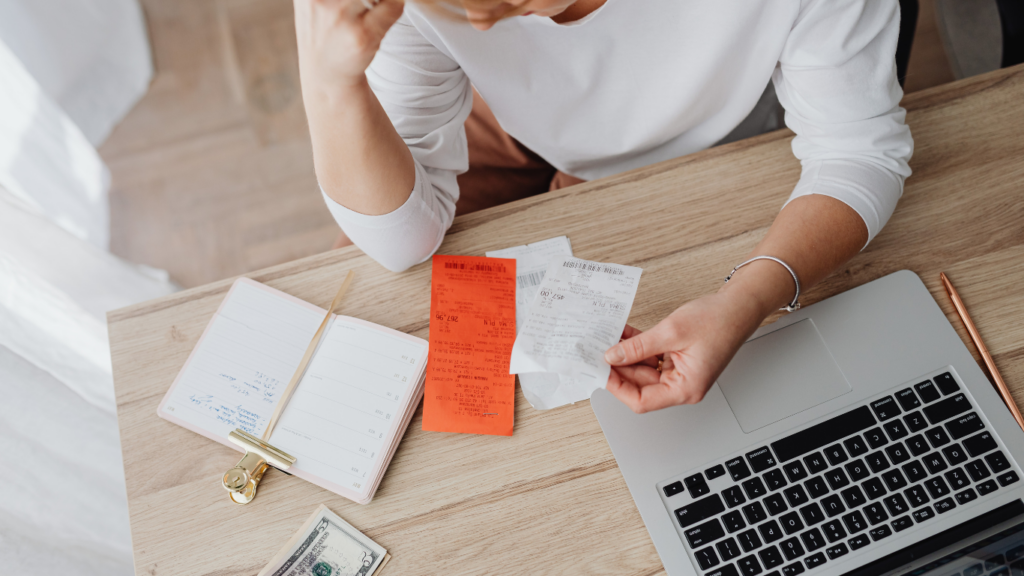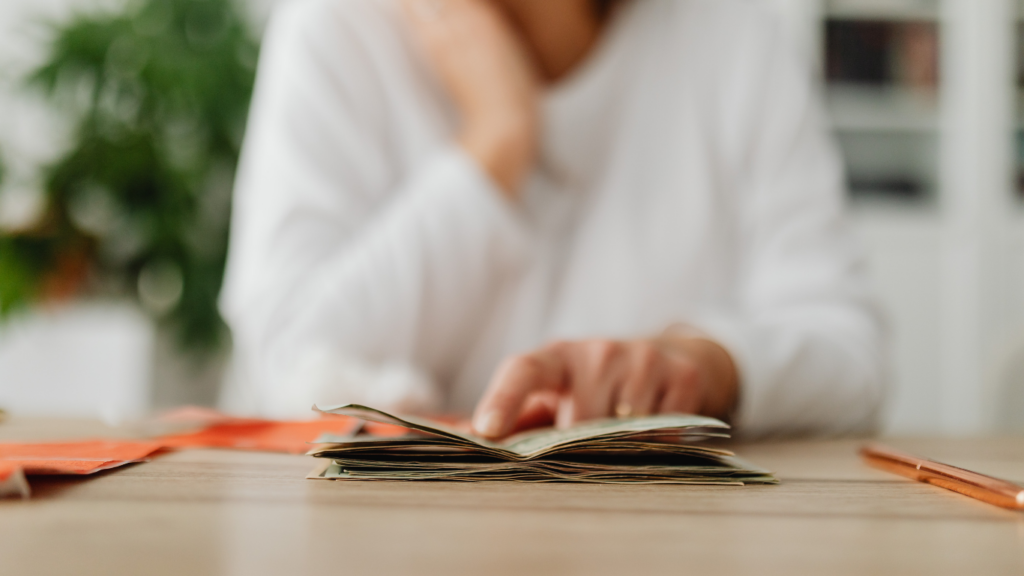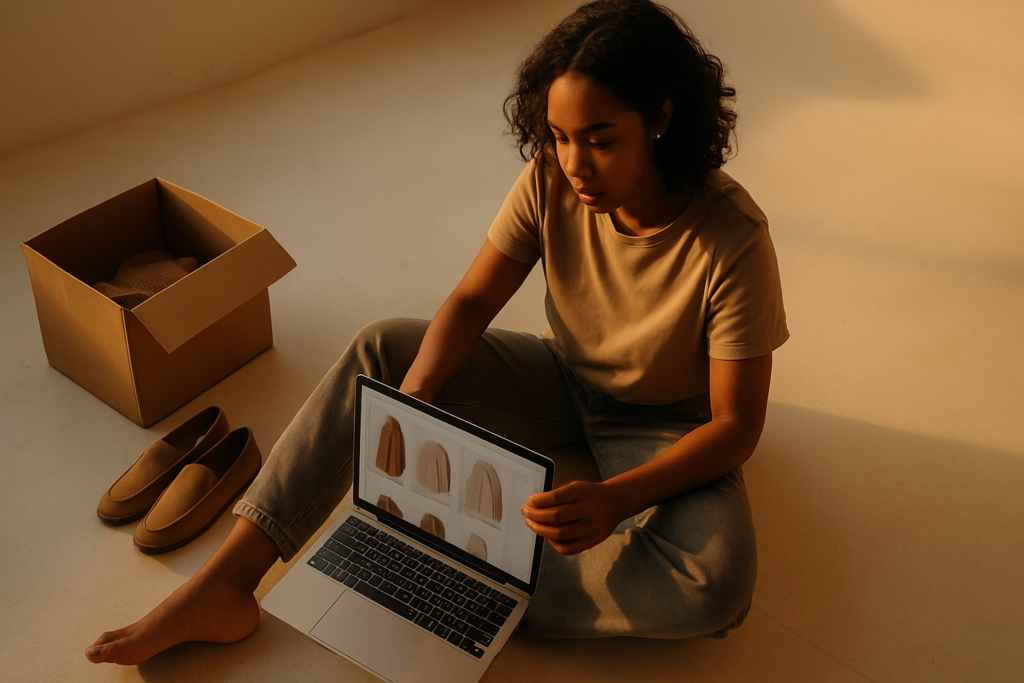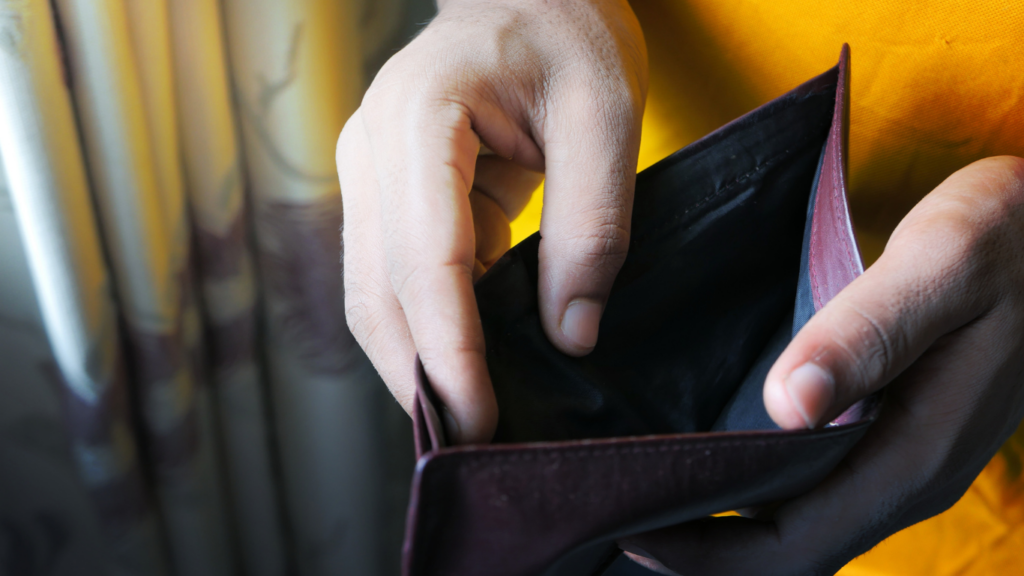In times of economic uncertainty, our spending habits often reflect the shifting landscape of financial stability. When faced with downturns, the choices we make regarding luxury purchases can reveal insights into our priorities and values.
As I delve into the intricate relationship between economic fluctuations and consumer behavior, it becomes evident that luxury spending is not immune to the impacts of financial crises. Exploring the nuances of how economic downturns influence luxury spending habits unveils a complex interplay of psychology, societal trends, and market forces.
Through a critical lens, I’ll navigate the factors that drive individuals to either tighten their belts or indulge in luxury during challenging economic times. Join me on this journey as we uncover the subtle yet profound ways in which our wallets reflect the pulse of the economy.
Overview of Luxury Spending Habits
In understanding luxury spending habits, it’s essential to recognize the intricate interplay between economic downturns and consumer behavior. The fluctuations in the economy have a significant impact on how individuals choose to allocate their resources, especially when it comes to luxury items.
During times of economic uncertainty, people tend to reassess their priorities and make more cautious purchasing decisions. Luxury spending is inherently linked to the overall health of the economy, reflecting shifts in consumer sentiment and financial stability.
In times of economic downturns, individuals often exhibit more conservative spending patterns, opting for essential items over luxury goods. This behavior stems from a desire to safeguard finances and prioritize practicality over indulgence.
Moreover, economic instability can lead to fluctuations in consumer confidence, influencing perceptions of luxury spending. People may become more apprehensive about making extravagant purchases when faced with financial uncertainty, choosing to delay or forgo luxury expenditures.
This cautious approach reflects a broader trend of increased frugality and financial mindfulness during challenging economic times. The effects of economic downturns on luxury spending habits extend beyond individual behaviors to societal trends and market dynamics.
Changes in consumer preferences during times of economic hardship can reshape the luxury sector, prompting brands to adjust their strategies and offerings accordingly. Understanding these shifts is crucial for businesses operating in the luxury market to adapt to evolving consumer needs and preferences.
By examining the correlation between economic downturns and luxury spending habits, we gain valuable insights into consumer psychology, market trends, and the broader economic landscape. The ebb and flow of luxury spending serve as a barometer of economic conditions, reflecting both individual choices and larger societal changes.
As economic uncertainties continue to shape consumer behavior, paying attention to luxury spending habits offers a nuanced perspective on the intricate relationship between finance and lifestyle choices.
Impact of Economic Downturns on Luxury Markets
During economic downturns, there are notable changes in consumer behavior that directly influence the luxury markets. Let’s delve into two key aspects that shed light on the impact of economic instability on luxury spending habits.
Changes in Consumer Behavior During Economic Downturns
In times of economic uncertainty, consumers tend to prioritize essential items over luxury goods. This shift in priorities reflects a greater emphasis on financial caution and practicality. For example, individuals may opt for generic brands or delay discretionary purchases in favor of saving money for future uncertainties.
Shifts in Attitudes Towards Luxury Goods
Economic downturns often lead to shifts in attitudes towards luxury goods. Consumers may become more price-conscious and value-oriented, seeking products that offer quality and durability rather than simply indulgence.
This change in mindset can result in a trend of increased frugality, where consumers are more selective and deliberate in their luxury purchases. As a result, luxury brands may need to adapt their marketing strategies to resonate with the changing consumer sentiments during challenging economic times.
Strategies Adopted by Luxury Brands in Economic Downturns
In times of economic uncertainty, luxury brands often implement strategic measures to navigate the challenging landscape and sustain consumer interest. Here are key strategies adopted by luxury brands during economic downturns:
- Focus on Exclusivity: Luxury brands emphasize their exclusivity by offering limited edition products or exclusive experiences to maintain allure and cater to discerning clientele.
- Enhance Customer Experience: Luxury brands prioritize enhancing customer experience through personalized services, exclusive events, and exceptional after-sales support to cultivate brand loyalty.
- Innovate Marketing Approaches: Luxury brands leverage digital platforms, influencer collaborations, and experiential marketing to engage consumers and create unique brand experiences that resonate with changing consumer preferences.
- Offer Value-driven Products: Luxury brands introduce entry-level or value-driven product lines without compromising quality to appeal to a broader consumer base while retaining the brand’s essence.
- Strategic Pricing Strategies: Luxury brands carefully assess pricing strategies, offering value through occasional discounts, seasonal promotions, or bundled packages to attract price-conscious consumers without diluting the brand’s premium image.
- Embrace Sustainability: Luxury brands increasingly integrate sustainable practices in their production processes, highlighting environmentally conscious initiatives to appeal to ethically mindful consumers and align with evolving societal values.
- Strategic Partnerships: Luxury brands form strategic collaborations with other brands, designers, or influencers to create limited edition collections or exclusive partnerships that generate buzz and expand brand reach.
By adopting these strategic approaches, luxury brands can navigate economic downturns effectively, adapt to shifting consumer behaviors, and maintain their appeal in a dynamic market environment.
Case Studies of Luxury Brands Navigating Economic Downturns
Exploring case studies of luxury brands navigating economic downturns reveals insightful strategies that have enabled them to sustain their market presence and appeal amid challenging times. Let’s delve into specific examples that demonstrate how luxury brands have adapted to economic uncertainties:
1. Louis Vuitton
Louis Vuitton, a renowned luxury fashion house, strategically focused on enhancing its customer experience during economic downturns. By elevating the in-store experience through personalized services, exclusive events, and tailored recommendations, Louis Vuitton strengthened customer loyalty and satisfaction, fostering long-term relationships even in uncertain economic climates.
2. Rolex
Rolex, a leading luxury watch brand, leveraged the power of exclusivity to navigate economic challenges successfully. By maintaining limited production runs and scarcity in its collections, Rolex increased desirability among consumers, positioning its timepieces as both a symbol of status and a secure investment, appealing to affluent customers seeking timeless quality despite economic fluctuations.
3. Chanel
Chanel, an iconic luxury fashion house, exemplified innovation in marketing approaches during economic downturns. By embracing digital channels, social media influencers, and experiential events, Chanel expanded its reach to a younger demographic while retaining its traditional elegance and allure.
This adaptive marketing strategy enabled Chanel to remain relevant and resonate with evolving consumer preferences, ensuring sustained brand prominence in a changing economic landscape.
4. Hermès
Hermès, a prestigious luxury brand known for its timeless craftsmanship, successfully weathered economic uncertainties by emphasizing sustainability in its product offerings. By promoting ethical sourcing, environmentally conscious practices, and durable design, Hermès appealed to conscientious consumers seeking quality and longevity in their purchases.
This sustainability-driven approach not only aligned with shifting consumer values but also positioned Hermès as a responsible luxury brand committed to long-term sustainability goals.
5. Gucci
Gucci, a luxury fashion and accessories brand, demonstrated the effectiveness of strategic pricing strategies during economic downturns. By introducing entry-level luxury products, limited-edition collaborations, and value-driven collections, Gucci attracted a broader consumer base while maintaining its luxury status.
This diversified pricing approach enabled Gucci to cater to varying consumer segments, ensuring continued brand relevance and resilience in the face of economic challenges.
6. Burberry
Burberry, a British luxury fashion brand, excelled in forming strategic partnerships to navigate economic downturns successfully. By collaborating with renowned designers, artists, and cultural institutions, Burberry positioned itself at the intersection of fashion, art, and innovation, captivating consumers with unique and exclusive offerings.
These strategic alliances not only enhanced Burberry’s brand perception but also diversified its product portfolio, strengthening its competitive edge in a shifting market landscape. Drawing insights from these case studies, it’s evident that strategic adaptation, innovation, and a deep understanding of consumer behavior are key drivers for luxury brands to thrive amidst economic uncertainties.
By leveraging these strategies, luxury brands can not only survive downturns but also emerge stronger and more resilient in an ever-evolving market landscape.




